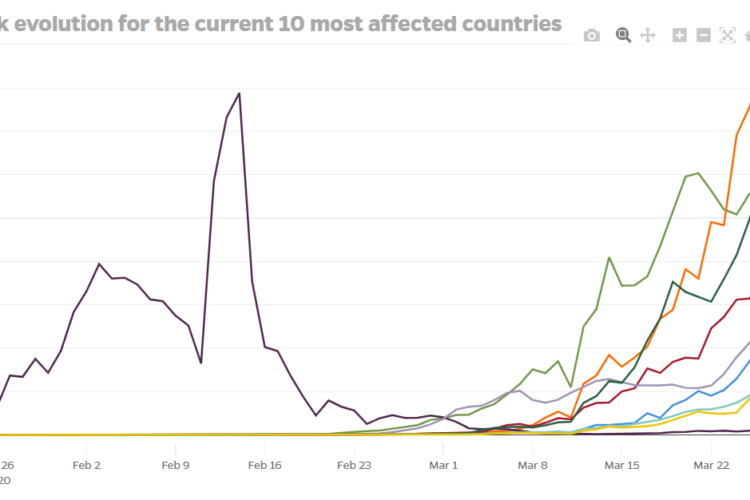House Hunters International is great guilty-pleasure viewing, especially while nursing a cold or avoiding the plague. (Pro: Insider views of interesting cities. Con: Reminders of the unique pain of choosing a place to live.) It’s easy to add city center, natural light, and extra bedrooms to your wish list, but painful to accept the inevitable […]
This is an anxious time for anyone in policy / decision analysis. Machine learning, analytics, statistical models, and decision intelligence are helping leaders grapple with the coronavirus pandemic, but weighing alternatives and connecting actions → outcomes requires so many things. Once the modeling is complete and the data visualizations are shared, then what? Newly anointed […]
To cut through AI complexity, focus on decisions. Never has it been more important to effectively explain complex concepts. Technology is influencing most decision processes, not always transparently so. On the bumpy road toward explainable AI (XAI), we find great communication options, from printed materials to state-of-the-art experiences. But where do you start, or know […]
What is a fun experience really about? I’ve gained new perspective from Fun, Taste, & Games: An Aesthetics of the Idle, Unproductive, and Otherwise Playful (MIT Press). I have first-hand knowledge that the authors, John Sharp (Parsons/New School) and David Thomas, are in fact, fun: They would probably join you at Casa Bonita*. John and […]
Quantamental is an investment strategy combining quantitative and fundamental methods. Data and algorithms have “prompted many traditional fundamentals-centered discretionary funds to integrate data-driven tools in day-to-day decision-making.” MarketWatch says the quantamental merger of computing power and human expertise is investing’s next frontier. Example: Active trading based on a particular blend of conventional balance sheets and […]
How we decide is no less important than the data we use to decide. People are recognizing this and creating innovative ways to blend what, why, and how into decision processes. 1. Apply behavioral science → Less cognitive bias McKinsey experts offer excellent insight into Behavioral science in business: Nudging, debiasing, and managing the irrational […]
1. Machines Gone Wild → Digital trust gapLast year I spoke with the CEO of a smallish healthcare firm. He had not embraced sophisticated analytics or machine-made decision making, with no comfort level for ‘what information he could believe’. He did, however, trust the CFO’s recommendations. Evidently, these sentiments are widely shared. — Tracy A […]
Our founder, Tracy Allison Altman, will talk about cognitive bias and behavioral economics for software design @ Papers We Love – Denver. Tversky and Kahneman’s classic “Judgment under Uncertainty: Heuristics and Biases” challenged conventional thinking about bias in decision making, inspiring new approaches to cognitive science, choice architecture, public policy, and the underlying technology. Join […]
There’s plenty of advice about designing presentations. But little of it prepares you for delivering complex evidence to senior-level decision-makers. This should help. How might your evidence help someone understand the steps required to reach an important goal? 1. Put together lean evidence, embracing lean management concepts. As explained by the Lean Enterprise Institute, “The […]
1. Underwriters + algorithms = Best of both worlds. We hear so much about machine automation replacing humans. But several promising applications are designed to supplement complex human knowledge and guide decisions, not replace them: Think primary care physicians, policy makers, or underwriters. Leslie Scism writes in the Wall Street Journal that AIG “pairs its […]







